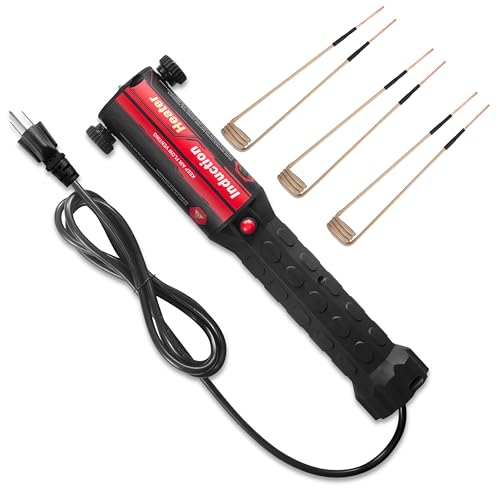DJ3100
Well-known member
The first weld is a piece of cake.
After that, a nightmare. Usually these are built so they would lay flat on the table. These have compound angle, each tube goes back and down with both angles changing at each tube. I asked a pipe fitter friend how to figure it out, but his answer required math and drawing. So, I cut a little, marked a little, ground a little and repeated about 20 times per tube until finally each tube fit. What a chore er, I mean challenge.
After that, a nightmare. Usually these are built so they would lay flat on the table. These have compound angle, each tube goes back and down with both angles changing at each tube. I asked a pipe fitter friend how to figure it out, but his answer required math and drawing. So, I cut a little, marked a little, ground a little and repeated about 20 times per tube until finally each tube fit. What a chore er, I mean challenge.



















































































